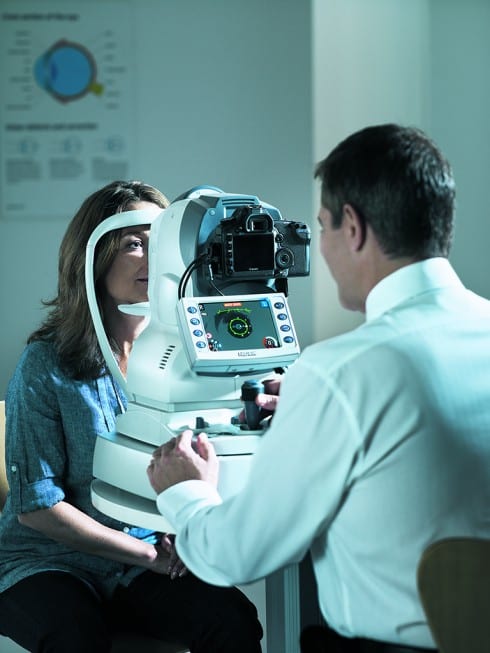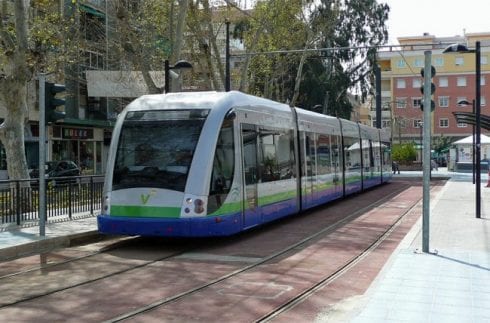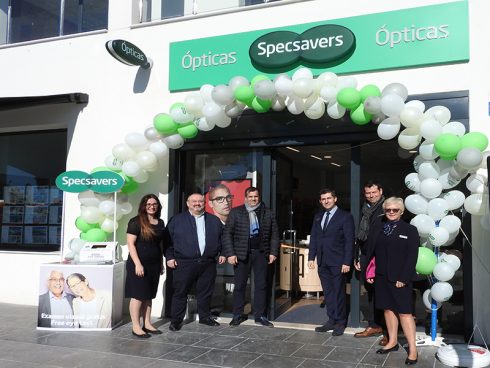 TO celebrate Día de Santa Lucia and honour Spain’s patron saint of the blind, we’re focusing on glaucoma.
TO celebrate Día de Santa Lucia and honour Spain’s patron saint of the blind, we’re focusing on glaucoma.
Known as the silent destroyer of sight, it is one of the leading causes of avoidable blindness in the world which makes it doubly important to spot the condition early on.
What is glaucoma?
Glaucoma is a buildup of fluid on the eye which increases pressure and damages the optic nerve. If left untreated, it can lead to permanent tunnel vision and blindness. Often there are no symptoms in the first stages and vision loss occurs gradually, therefore it’s hard to spot before severe damage has been done. There is no cure for this vision loss, so it’s extremely important to have regular eye tests to diagnose the disease as early as possible, so you can be referred to a specialist for treatment.
Who is at risk?
The over-60s are more at risk of glaucoma but babies and young adults can also be affected. People of African origin are more at risk and at a younger age. Other high-risk groups include anyone with family history of glaucoma, people who are severely short sighted, and diabetics.
How is glaucoma diagnosed?
An in-depth eye test is all that is required to diagnose glaucoma early. If your optometrist sees any signs of the disease they will refer you to the correct medical professional. There are three tests optometrists perform to spot glaucoma; a visual examination of the optic nerve head, a check of the field of vision and measurement of the pressure within the eye.
Specsavers Opticas in Marbella and Fuengirola are currently offering free eye tests. Our opticians provide professional, comprehensive checks of your eyes and vision. The test lasts about 20 minutes and includes the use of specialist equipment to examine eye health and to determine the correct lens strength and type for you. To make an appointment or find your nearest store, visit www.specsavers.es.
Click here to read more News from The Olive Press.








